
Keywords: gonotaxis

|
Meiotic segregation and post-meiotic drive of the Festuca pratensis B chromosomeR. Ebrahimzadegan, J. Fuchs, J. Chen, V. Schubert, A. Meister, A. Houben and G. Mirzaghaderi, Chromosome Research, 31:26. 2023.
In many species, the transmission of B chromosomes (Bs) does not follow the Mendelian laws of equal segregation and independent assortment. This deviation results in transmission rates of Bs higher than 0.5, a process known as “chromosome drive”. Here, we studied the behavior ... Keywords: animals, Apoptosis/*physiology, Female, gene drive natural, gonotaxis, Humans, Meiosis/*physiology, Oocytes/cytology/*metabolism, pole cells, Zona Pellucida/*metabolism |
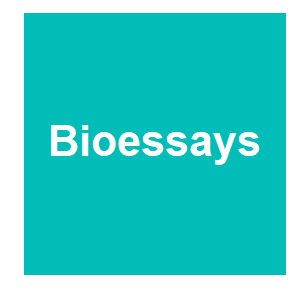
|
Meiotic defects in human oocytes: Potential causes and clinical implicationsT. Wu, H. Gu, Y. Luo, L. Wang and Q. Sang, BioEssays, 2022.
Meiotic defects cause abnormal chromosome segregation leading to aneuploidy in mammalian oocytes. Chromosome segregation is particularly error-prone in human oocytes, but the mechanisms behind such errors remain unclear. To explain the frequent chromosome segregation errors, ... Keywords: animals, Apoptosis/*physiology, Female, gene drive natural, gonotaxis, Humans, Meiosis/*physiology, Oocytes/cytology/*metabolism, pole cells, Zona Pellucida/*metabolism |

|
Centromere drive: model systems and experimental progressD. Dudka and M. A. Lampson, Chromosome Research, 2022.
Centromeres connect chromosomes and spindle microtubules to ensure faithful chromosome segregation. Paradoxically, despite this conserved function, centromeric DNA evolves rapidly and centromeric proteins show signatures of positive selection. The centromere drive hypothesis ... Keywords: animals, Apoptosis/*physiology, Female, gene drive natural, gonotaxis, Humans, Meiosis/*physiology, Oocytes/cytology/*metabolism, pole cells, Zona Pellucida/*metabolism |
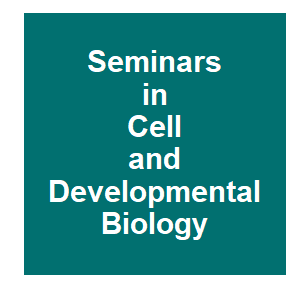
|
Tubulin post-translational modifications in meiosisT. Akera, Seminars in Cell & Developmental Biology, 2021.
Haploid gametes are produced from diploid parents through meiosis, a process inherent to all sexually reproducing eukaryotes. Faithful chromosome segregation in meiosis is essential for reproductive success, although it is less clear how the meiotic spindle achieves this compared ... Keywords: animals, Apoptosis/*physiology, Female, gene drive natural, gonotaxis, Humans, Meiosis/*physiology, Oocytes/cytology/*metabolism, pole cells, Zona Pellucida/*metabolism |

|
Unravelling the mystery of female meiotic drive: where we areF. E. Clark and T. Akera, Open Biol, 11:210074. 2021.
Female meiotic drive is the phenomenon where a selfish genetic element alters chromosome segregation during female meiosis to segregate to the egg and transmit to the next generation more frequently than Mendelian expectation. While several examples of female meiotic drive have ... Keywords: animals, Apoptosis/*physiology, Female, gene drive natural, gonotaxis, Humans, Meiosis/*physiology, Oocytes/cytology/*metabolism, pole cells, Zona Pellucida/*metabolism |

|
Meiotic driveA. N. Srinivasa and S. E. Zanders, Current Biology, 30:R627-R629. 2020.
What is meiotic drive? Diploid organisms, like you, have two copies of each autosomal chromosome, one from each parent. Sometimes organisms are heterozygous at a given region, meaning they carry different copies (or alleles) of the DNA sequence on the two homologous chromosomes. ... Keywords: animals, Apoptosis/*physiology, Female, gene drive natural, gonotaxis, Humans, Meiosis/*physiology, Oocytes/cytology/*metabolism, pole cells, Zona Pellucida/*metabolism |
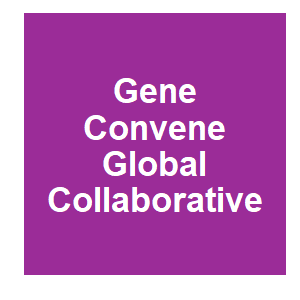
|
Strategies for Achieving Gene Drive – GonotaxisGeneConvene Global Collaborative, GeneConvene Global Collaborative, 2020.
This video explains how there are three strategies for achieving gene drive and focuses on one, gonotaxis. Gonotaxis is explained and illustrated. While well-described in various plants and animals, gene drive researchers and technology developers have not recreated gonotaxis ... Keywords: animals, Apoptosis/*physiology, Female, gene drive natural, gonotaxis, Humans, Meiosis/*physiology, Oocytes/cytology/*metabolism, pole cells, Zona Pellucida/*metabolism |
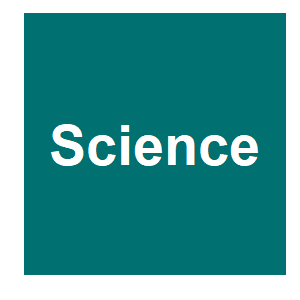
|
How selfish DNA hijacks its way into egg cellsScience Magazine, Science, 2017.
This video was produced by Science magazine and explains and illustrates how gonotaxis or the asymmetrical allocation of chromosomes to developing female gametes occurs in mice. This video reflects an understanding of this process based on the publication by Akera et al (2017). Keywords: animals, Apoptosis/*physiology, Female, gene drive natural, gonotaxis, Humans, Meiosis/*physiology, Oocytes/cytology/*metabolism, pole cells, Zona Pellucida/*metabolism |
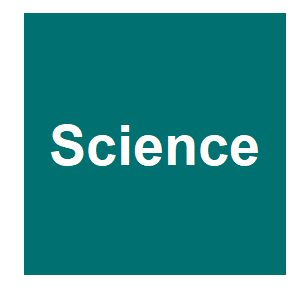
|
Spindle asymmetry drives non-Mendelian chromosome segregationT. Akera, L. Chmátal, E. Trimm, K. Yang, C. Aonbangkhen, D. M. Chenoweth, C. Janke, R. M. Schultz and M. A. Lampson, Science, 358:668. 2017.
Genetic elements compete for transmission through meiosis, when haploid gametes are created from a diploid parent. Selfish elements can enhance their transmission through a process known as meiotic drive. In female meiosis, selfish elements drive by preferentially attaching to ... Keywords: animals, Apoptosis/*physiology, Female, gene drive natural, gonotaxis, Humans, Meiosis/*physiology, Oocytes/cytology/*metabolism, pole cells, Zona Pellucida/*metabolism |
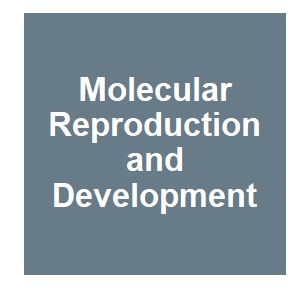
|
Polar bodies–more a lack of understanding than a lack of respectS. Schmerler and G. M. Wessel, Molecular Reproduction and Development, 78:3-8. 2010.
Polar bodies are as diverse as the organisms that produce them. Although in many animals these cells often die following meiotic maturation of the oocyte, in other organisms they are an essential and diverse part of embryonic development. Here we highlight some of this diversity ... Keywords: animals, Apoptosis/*physiology, Female, gene drive natural, gonotaxis, Humans, Meiosis/*physiology, Oocytes/cytology/*metabolism, pole cells, Zona Pellucida/*metabolism |

Contact
David O’Brochta
Foundation for the
National Institutes of Health
geneconvenevi@fnih.org
RSS

